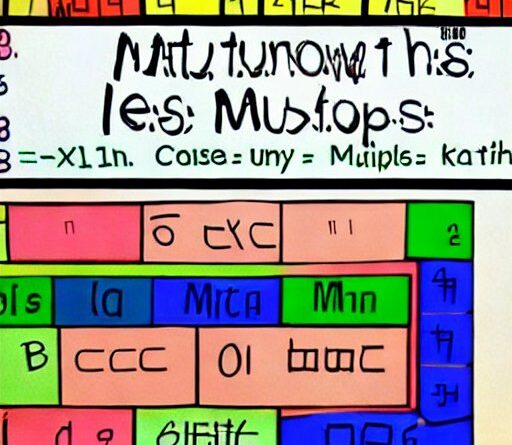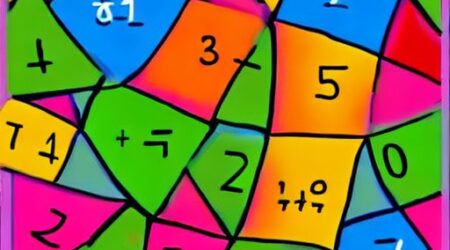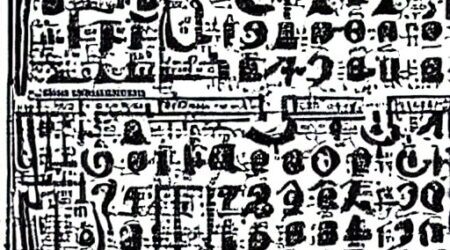Unraveling the Mysteries of Least Common Multiples: History, Theories, Uses, and More!
Mathematics is a subject that has captivated humans for thousands of years. Among its many fascinating concepts is the Least Common Multiple (LCM), a seemingly simple idea with a rich history and myriad applications. In this blog post, we will dive into the origins of the LCM, discuss various theories and methods to find it, and explore its practical uses in our everyday lives.
Section 1: A Brief History of the Least Common Multiple
The concept of the least common multiple dates back to ancient times, with some of the earliest documented discussions appearing in Greek and Indian mathematics. The Greek mathematician Euclid, in his seminal work “Elements,” laid the foundations for modern number theory and provided a method for finding the LCM known as the Euclidean algorithm. Indian mathematician Brahmagupta also contributed to the understanding of LCM with his exploration of algorithms in the 7th century.
Section 2: Theories and Methods for Finding the LCM
There are several methods to find the least common multiple of two or more numbers. Some of these methods include:
– Prime Factorization: Breaking down each number into its prime factors and taking the highest power of each factor present in any of the numbers.
– Division Method: Repeatedly dividing the numbers by their common factors until no common factors remain.
– Euclidean Algorithm: An iterative process that involves finding the greatest common divisor (GCD) and then calculating the LCM using the formula LCM(a, b) = (a * b) / GCD(a, b).
Section 3: Practical Uses of the Least Common Multiple
The least common multiple has numerous applications in various fields, including:
– Mathematics: LCMs play a crucial role in arithmetic, algebra, and number theory, such as in solving Diophantine equations and simplifying rational expressions.
– Time and Scheduling: LCMs can be used to determine the synchronization of events or scheduling tasks with different periods.
– Cryptography: LCMs are sometimes used in cryptographic algorithms to enhance security and data integrity.
Section 4: The Importance of Understanding the LCM
Understanding the least common multiple is essential for various reasons. It can deepen our knowledge of number theory and provide a foundation for advanced mathematical concepts. Additionally, knowing how to find the LCM can help us solve real-world problems, such as determining the best way to schedule events or manage resources efficiently.
Conclusion
The least common multiple, though seemingly simple, is a powerful mathematical concept with a rich history and diverse applications. By delving into its origins and exploring its various uses, we can gain a better appreciation for the elegance and utility of mathematics in our lives.








Leave a Reply